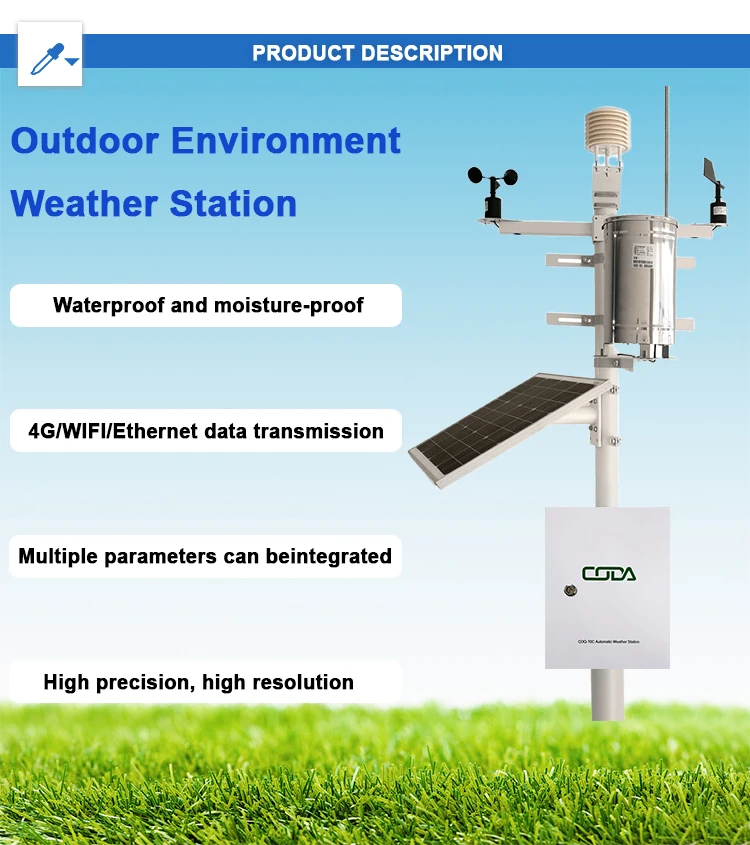The Pros and Cons of Automatic Weather Stations
April 9, 2025 | News | No Comments

# The Pros and Cons of Automatic Weather Stations
## Introduction
Automatic Weather Stations (AWS) have revolutionized the way we collect and analyze meteorological data. These self-contained systems provide continuous weather monitoring without constant human intervention. While they offer numerous benefits, they also come with certain limitations that users should consider.
## Advantages of Automatic Weather Stations
### 1. Continuous Data Collection
One of the most significant advantages of AWS is their ability to collect data 24/7 without interruption. Unlike manual stations that require human operators, automatic systems can:
– Record measurements at precise intervals
– Operate in remote or hazardous locations
– Maintain consistent data collection during nights and weekends
### 2. Improved Data Accuracy
Modern AWS units provide:
– Reduced human error in measurements
– Higher precision instruments
– Standardized data collection methods
– Immediate digital recording of measurements
### 3. Cost Efficiency in the Long Run
While initial setup costs can be substantial, AWS systems offer:
– Lower operational costs compared to manned stations
– Reduced labor requirements
– Minimal maintenance needs in well-designed systems
### 4. Remote Monitoring Capabilities
Advanced AWS systems enable:
– Real-time data transmission to central locations
– Remote configuration and troubleshooting
– Immediate alerts for extreme weather conditions
## Disadvantages of Automatic Weather Stations
### 1. High Initial Investment
The upfront costs can be prohibitive for some organizations:
– Sophisticated sensors and equipment are expensive
– Installation costs can be significant
– Requires proper infrastructure (power, communication)
### 2. Technical Challenges
AWS systems face several technical limitations:
– Sensor drift over time requires regular calibration
– Vulnerability to extreme weather conditions
– Potential communication failures in remote areas
– Power supply issues in off-grid locations
### 3. Limited Maintenance Capabilities
Unlike manned stations, AWS systems:
– Require specialized technicians for repairs
– May experience extended downtime if issues occur
– Need regular maintenance schedules to ensure accuracy
### 4. Data Quality Concerns
Potential data quality issues include:
– Missing data during system failures
– Questionable measurements without human verification
– Potential sensor malfunctions going undetected
## Conclusion
Automatic Weather Stations represent a significant advancement in meteorological data collection, offering unparalleled consistency and efficiency. However, organizations must carefully weigh the substantial initial investment and ongoing maintenance requirements against the benefits of continuous, automated data collection. For many applications, the advantages clearly outweigh the disadvantages, making AWS an essential tool in modern weather monitoring and climate research.